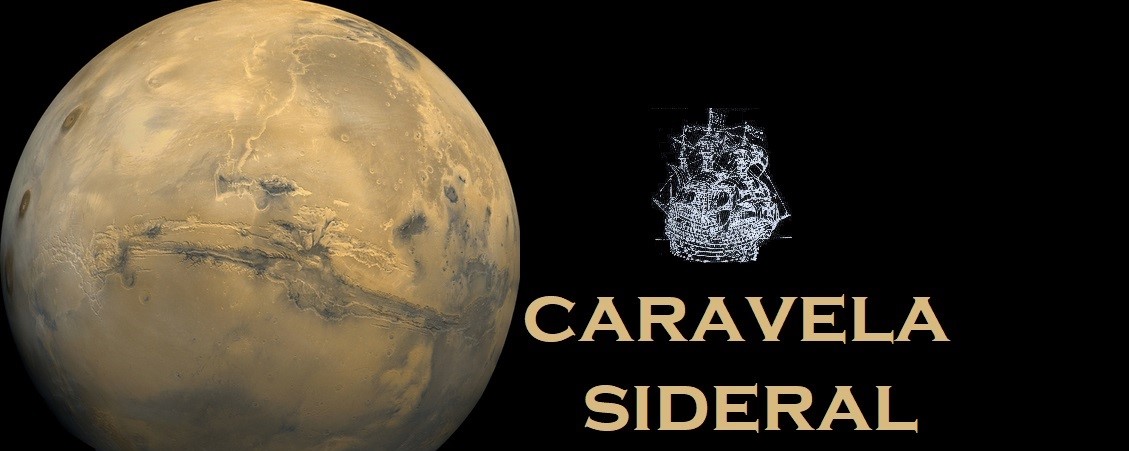Enquanto a Nasa perdeu a capacidade de transportar astronautas para o espaço, nomeadamente para a EEI, a Rússia deixou escapar o protagonismo cientifico, tornando-se numa espécie de autocarro espacial dos EUA e da EU.
No entanto, não podemos esquecer a história espacial daquele país.
E ao que parece, há sinais de retorno às grandes missões de exploração espacial.
Ao modo da URSS, é tudo muito vago, a informação é quase nula, mas lá se vai sabendo que a ROSCOSMOS prepara uma missão a Júpiter, a Ganimedes, uma verdadeira aventura de exploração com um módulo que irá, supomos, poisar na superfície daquela lua. Veja o pequeno filme abaixo, que apesar de ser falado em russo, tem algumas imagens interessantes
After the end of the USSR, Russia has played a small role in terms of space science.
While NASA has lost its ability to transport astronauts into space and to ISS, Russia has lost the scientific leading role, becoming a kind of US and EU space shuttle bus.
However, we must not forget the spatial history of that country.
And it seems that there are signs of a return to the great space exploration missions.
In the USSR way, everything is very vague, the information is shrouded in fog, but it is known that ROSCOSMOS prepares a mission to Jupiter, Ganymede, a true adventure of exploration with a module that will, we suppose, land on the surface of that moon. See the little movie below, which, despite being spoken in Russian, has some interesting images.
 |
| Imagem Roscosmos |
Também se fala da Venera-D, que com ou sem colaboração dos EUA deverá ir avante.
Se essa colaboração se mantiver, o programa poderá beneficiar de novas tecnologias desenvolvidas pela Nasa, nomeadamente circuitos impressos de carboneto de silício testados pela NASA's Glenn Research Center, em condições semelhantes às que experimentariam na atmosfera de Vénus.
If this collaboration continues, the program will benefit from new technologies developed by NASA, namely silicon carbide printed circuits tested by the NASA's Glenn Research Center under conditions similar to those they would experience in the atmosphere of Venus.
 |
| Imagem Nasa |















